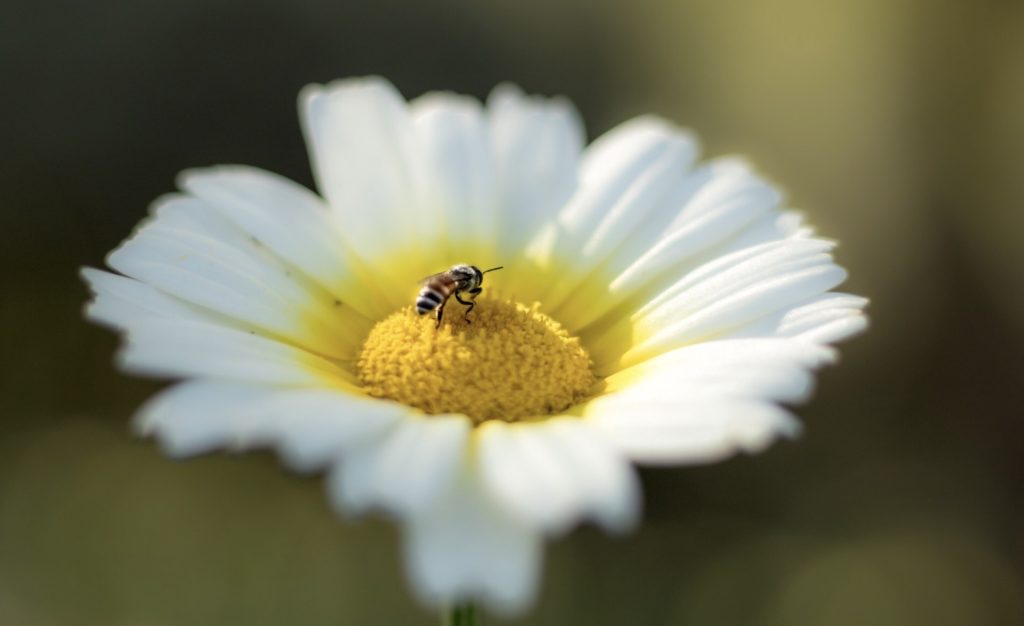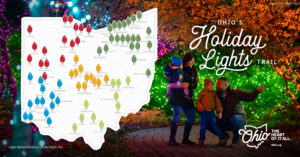The buzz about bees: How these insects impact your life and how your garden can help them

By Christy Erickson

There are thousands of different species of bees around the world, but environmental issues are threatening these insects and this may start to impact people’s daily lives. Bees are essential pollinators for many types of food, but families benefit from having them thrive in other ways too. Having a bee-friendly garden is a great way to support these insects while improving the look of your yard.
Food production relies on bee pollination
Fruit and vegetable crops are heavily impacted by bee pollination. According to Burpee, about 75 percent of the nuts, fruits, and vegetables grown in the United States depend on bee pollination, along with 80 percent of the flowering plants. Reductions in many bee populations are leaving many experts concerned, as these drops could begin to reduce the growth of many plants that rely on these insects for pollination.
Animals also benefit from the work bees do. AG Web details that bees are essential in pollinating many crops like buckwheat, soybeans, clover, and alfalfa that feed livestock. In addition, other animals, like bears, raccoons, opossums, skunks, bats, and birds rely on the honey produced by bees to get by.
Bee products provide additional benefits
Of course, people rely on bees for more than just their pollination powers. Honey is used not only as a food, but it is believed to have medicinal and antibacterial properties too. Many people turn to honey for help with health issues such as sore throats, coughs, burns, and allergies.
Some research indicates that certain types of honey can help heal MRSA and some skin infections. Others rely on honey to help with issues related to digestion, nausea, acne, and reducing inflammation. In addition, bee pollen is praised for helping to boost energy and your immune system, aid in digestion, and Food Matters suggests that it can also support your cardiovascular system.
Bee products are used in numerous beauty and household products, and beeswax is frequently utilized for candles, lip balm, and lotion bars. Naturally Loriel shares that it can be used in quite a few ways outside of the food or beauty industries, as it is also helpful to use as a wood treatment, in waterproofing, preventing rust, as a sealant, or to make non-toxic crayons.
Plan ways to attract bees when you plant your garden
How can people help bees as experts examine these population declines? As you plant your garden, focus on ways to attract and support bees in your area. For example, aim to have something blooming every month, as close to year-round as you can in your area.
Try to group like plants in sections that are at least 3 feet by 3 feet if you have the space. You also want to plant a variety of flowers that are native to your area, with different types of blooms to appeal to different species of bees. Purple and blue flowers tend to be quite popular with bees, as are yellow, pink, orange, and white. However, they cannot see red.
If bee population declines continue, people could begin to see food supply problems. Numerous health and beauty products rely on what bees provide and beeswax can be used in simple ways around the house. People can make a difference by putting native, colorful patches of plants in their gardens with a variety of blooming timelines. Bees may be seen as a threat or pest by some, but they are essential to our food production and they can be helped immensely one garden at a time.








